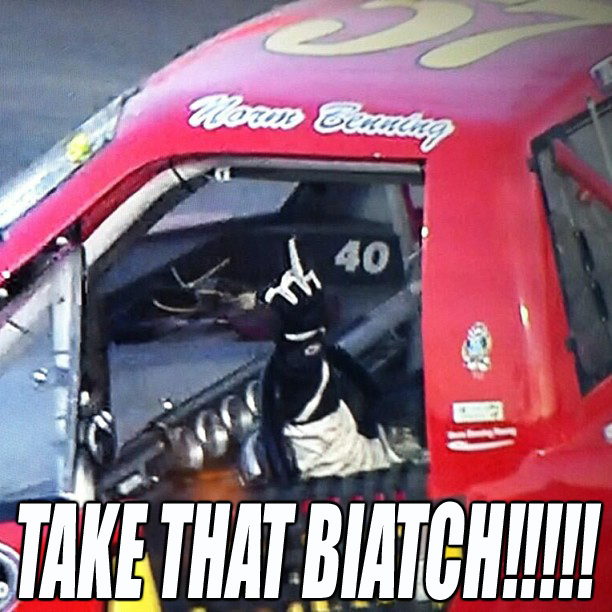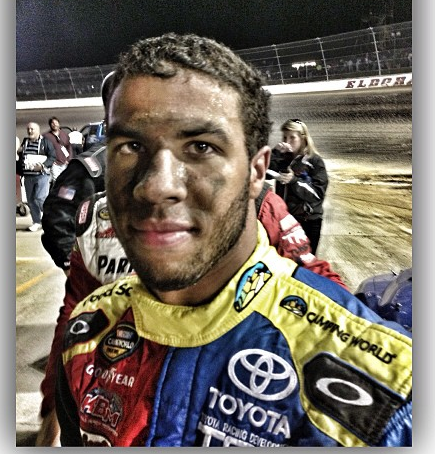VLR FAST 10'S ARE BACK
VLR Fast 10's are BACK (2023)! Click here to view! Simply join 74.91.122.77:32263 IP in DTR2 and set the laps to 10 in default late models for your time to show up!
To get the game to work online, simply download RivaTuner Statistics Server and click the + sign to add dtr2.exe and then set the frame rate to be 120FPS!
|
Welcome,
Guest
|
TOPIC:
NCWTS@Eldora 11 years 3 months ago #52743
|
Please Log in or Create an account to join the conversation. |
NCWTS@Eldora 11 years 3 months ago #52745
|
Please Log in or Create an account to join the conversation. |
NCWTS@Eldora 11 years 3 months ago #52746
|
Please Log in or Create an account to join the conversation. |
NCWTS@Eldora 11 years 3 months ago #52747
|
Please Log in or Create an account to join the conversation. |
NCWTS@Eldora 11 years 3 months ago #52748
|
Please Log in or Create an account to join the conversation. |
NCWTS@Eldora 11 years 3 months ago #52749
|
Please Log in or Create an account to join the conversation. |
NCWTS@Eldora 11 years 3 months ago #52750
|
Please Log in or Create an account to join the conversation. |
NCWTS@Eldora 11 years 3 months ago #52751
|
Please Log in or Create an account to join the conversation. |
NCWTS@Eldora 11 years 3 months ago #52752
|
Please Log in or Create an account to join the conversation. |
NCWTS@Eldora 11 years 3 months ago #52753
|
Please Log in or Create an account to join the conversation. |
NCWTS@Eldora 11 years 3 months ago #52754
|
Please Log in or Create an account to join the conversation. |
NCWTS@Eldora 11 years 3 months ago #52755
|
Please Log in or Create an account to join the conversation. |
NCWTS@Eldora 11 years 3 months ago #52756
|
|
Please Log in or Create an account to join the conversation. |
NCWTS@Eldora 11 years 3 months ago #52757
|
Please Log in or Create an account to join the conversation. |
NCWTS@Eldora 11 years 3 months ago #52759
|
Please Log in or Create an account to join the conversation. |
NCWTS@Eldora 11 years 3 months ago #52760
|
Please Log in or Create an account to join the conversation. |
NCWTS@Eldora 11 years 3 months ago #52762
|
Please Log in or Create an account to join the conversation. |
NCWTS@Eldora 11 years 3 months ago #52763
|
Please Log in or Create an account to join the conversation. |
NCWTS@Eldora 11 years 3 months ago #52768
|
Please Log in or Create an account to join the conversation. |
NCWTS@Eldora 11 years 3 months ago #52786
|
Please Log in or Create an account to join the conversation. |

